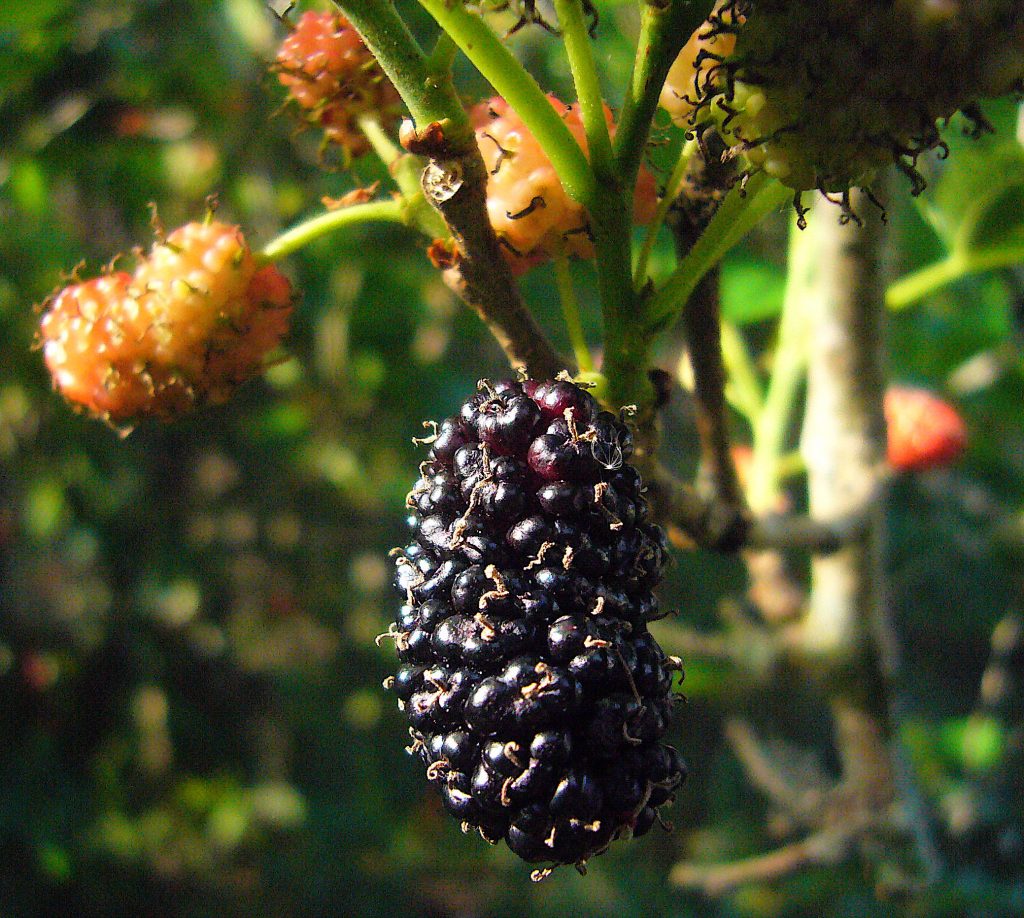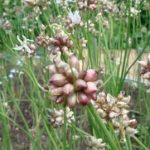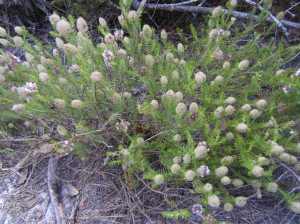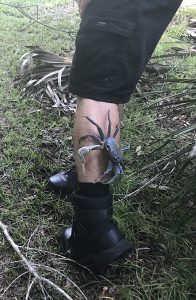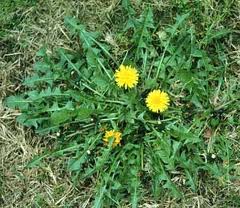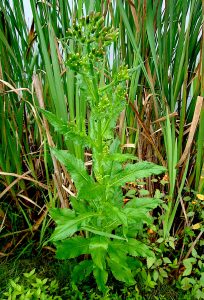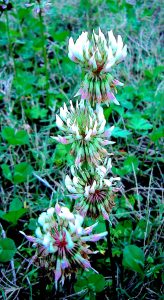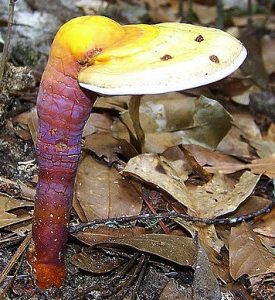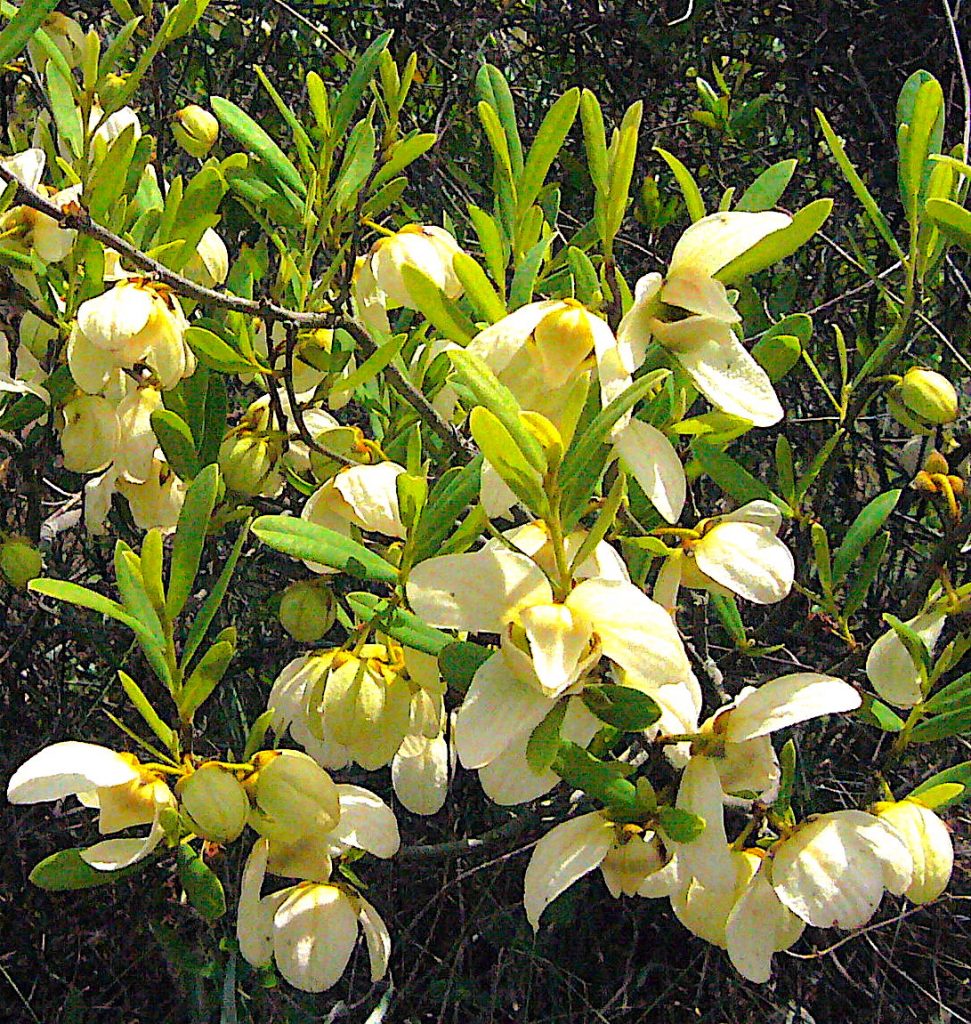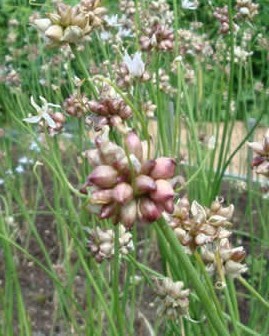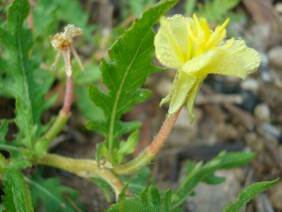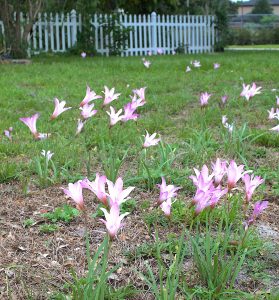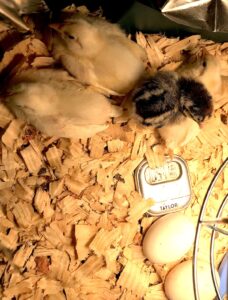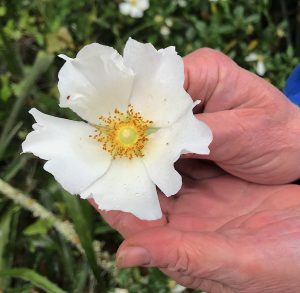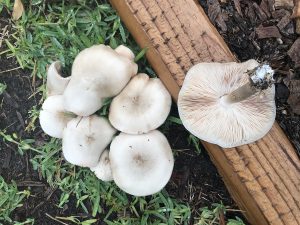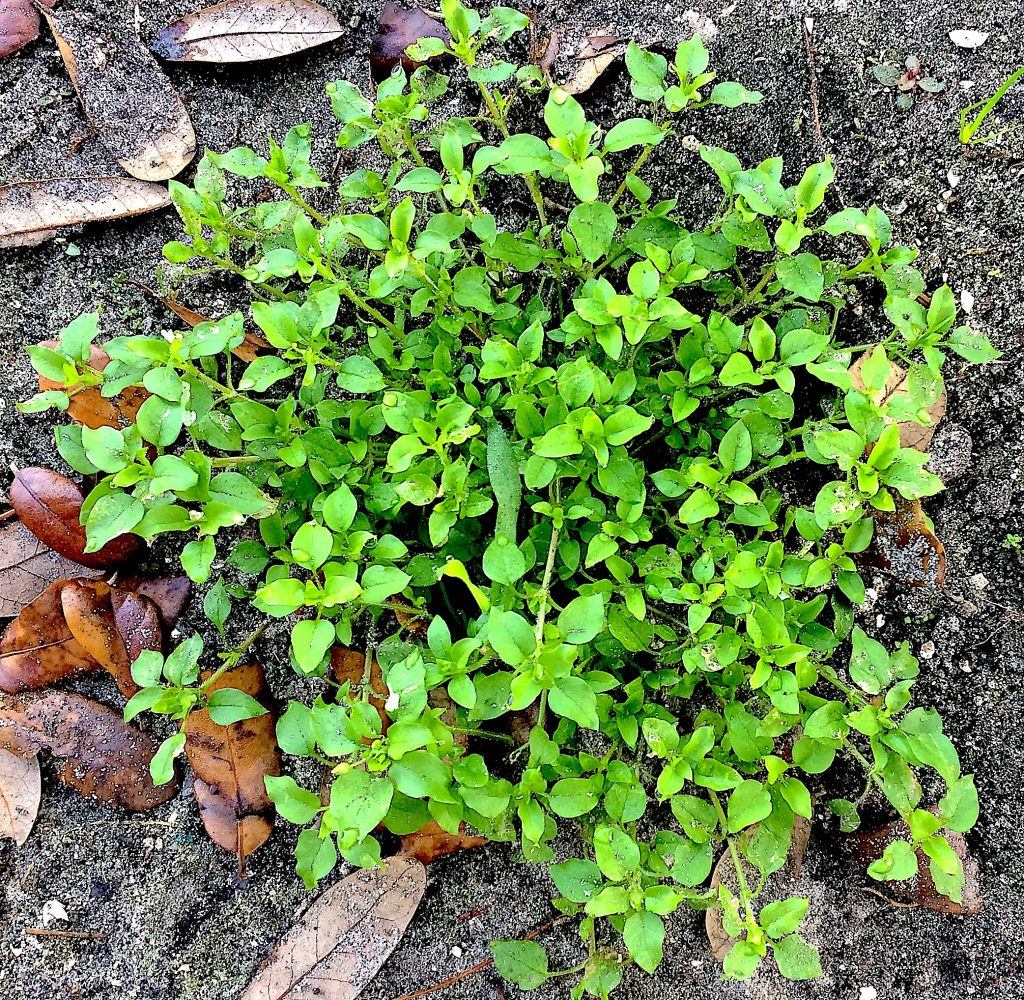
Chickweed Thrives in Cooler Weather. Photo by Green Deane
Chickweed Connoisseurs
You never know where you’ll find Chickweed but locally you know when: Winter. When I owned a lawn it showed up gloriously every December. (If you live up north, think soon after the snow goes.)
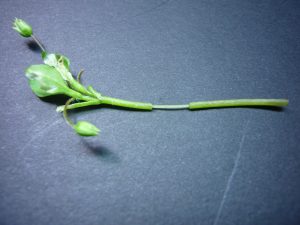
Chickweed has a stretchy inner core. Photo by Green Deane
Of course, few lawn owners view Chickweed as glorious. Decapitated grass has given chickweed a bad rap. Instead of lawn lovers pulling out a clump of chickweed and having it for dinner, they spend a lot of green to get rid of the green. Killing chickweed is a million-dollar business which is a large expense and a waste of food.
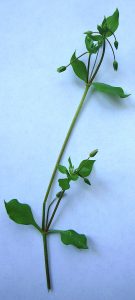
Chickweed has a side-shifting single line of hair down the stem.
Chickweed tastes good and is good for you with ascorbic-acid, beta-carotene, calcium, magnesium, niacin, potassium, riboflavin, selenium, thiamin, zinc, copper, and Gamma-linolenic-acid. That’s a win win as they used to say. Raw, it tastes exactly like corn silk, if you’ve ever tried that. Cooked it is similar to spinach though the texture is different. It can be added to soups or stews but in the last five minutes to prevent overcooking. Unlike many wild edibles, the chickweed’s stems, leaves, flowers and seeds are all edible. It does hold nitrates and people with allergies to daisies might want to pass it by. Only the Mouse-Ear chickweed should be cooked because of texture issues. The rest of the Chickweeds can be eaten raw but I think they tastes better cooked.
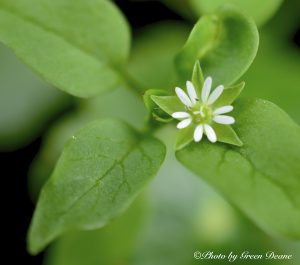
The incised five-petaled blossom looks like ten petals. Photo by Green Deane
The species scientific name is Stellaria media (Stel-LAY-ree-uh MEED-ee-uh which means “little star in the mist.” Probably from Eurasia, it is now found around the world even in the arctic circle and Greenland (as are thistles, mustards, clover, and blackberries.) Chickweed is also a back yard barometer. Its leaves fold up when it’s going to rain. The leaves also fold up at night. Cute. Also, chickweed is not an early riser: The blossoms open late in the morning. And it’s called chickweed because chickens love it. There are some reasonably close look-alikes, but three things separates chickweed from poisonous pretenders. First, it does not have milky sap. Next, it has one line of hairs on its stem that changes sides at each pair of leaves. And if you bend or crease the stem, rotate each end counter with each other, and pull gently the outer part of the stem will separated but the elastic inner part will not and you will have a stretched inner part between the two stem ends. See picture above right.
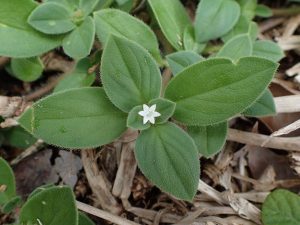
Richardia scabra is mistaken for Chickweed.
If you have chickweed but it doesn’t quite fit the description, look at my article on Drymaria coradata, a Chickweed cousin that shares some characteristics. A second plant that is commonly mistaken for Chickweed is Richardia scabra. That always surprises me as Richarda is rougher and ranker. Folks get thrown off by the species’ blossom. Richardia is generally consider not edible and at least one species will make you throw up, Richardia emetica (also called Richardia brasiliensis.) Can you eat R. scabra? I know some people who have mistakenly done so. They didn’t eat a lot of it but none reported any immediate ill effects.
Chickweed Bread
2 cups of chopped chickweed leaves and stems.
¼ cup minced onion
2 tablespoons oil
2 tablespoons honey, fruit juice concentrate, or sugar
1 teaspoon salt
3 cups wheat flour
¾ cup warm water
1 packet yeast
Sauté onion and chickweed until tender (not brown). Dissolve honey and yeast into the warm water and then the salt. Mix the yeast mixture with the cooled sautéed chickweed and onions and slowly add the flour until the dough no longer sticks to your fingers Form into a ball and let it rise to twice its volume. Shape into loaves and let rise again. Bake at 375 .F for 40-45 minutes.
Chickweed And Bacon Pie is best hot; it will keep one to two days in the refrigerator and can be reheated.
One 10-inch pie crust
3 cups chopped chickweed
1 cup diced slab bacon
½ cup finely chopped onion
3 large eggs
1½ cups sour cream
1 tablespoon all-purpose flour
½ teaspoon grated nutmeg
Preheat oven to 325 degrees. Line a 10-inch pie dish with crust and make a raised border around the rim to prevent filling from overflowing during baking.
To prepare chickweed, remove all leaves, twigs and root ends, reserving only the greenest, leafiest parts. Rinse thoroughly in a colander and gently dry with paper towels. Bunch the chickweed together into a ball and chop it with a sharp knife until reduced to a confetti texture. Measure, then put chickweed in a large bowl.
Fry diced bacon in a skillet until it begins to brown, then add onion. Cook about 3 minutes, or until onion wilts. Using a slotted spoon, transfer bacon and onions to bowl with chickweed. Discard drippings from pan.
In a separate bowl, beat eggs until lemon colored, then add sour cream, flour and nutmeg. Add egg mixture to chickweed, onions and bacon. Spread filling evenly in the pie shell and pat down firmly with a spoon. Bake 45 to 50 minutes, or until pie has set in center and top looks golden.
—Adapted from Pennsylvania Dutch Country Cooking by William Woys Weaver (Abbeville Press, 1993).
Green Deane’s “Itemized” Plant Profile
IDENTIFICATION:
Annual herb with slender, smooth stems to about a foot long, one row of tiny hairs growing in a row on one side of the stem, switching to other side at each pair of opposite, oval pointed leaves. Old leaves have stalks, young leaves do not. Flowers, small, white with five petals so deeply notched that they look like ten petals. Does NOT have milky sap. If you have a plant you think is chickweed and it has milky sap you have the wrong plant.
TIME OF YEAR:
During the cool weather of spring, which in Florida is February. Dislike heat, germinates in the winter.
ENVIRONMENT:
Likes moist soil and or shady areas.
METHOD OF PREPARATION:
Numerous, usually chopped and boiled or fried, or added raw to salad. Chickweed can be stringy so it is often chopped. Has many herbal uses, too numerous to mention.
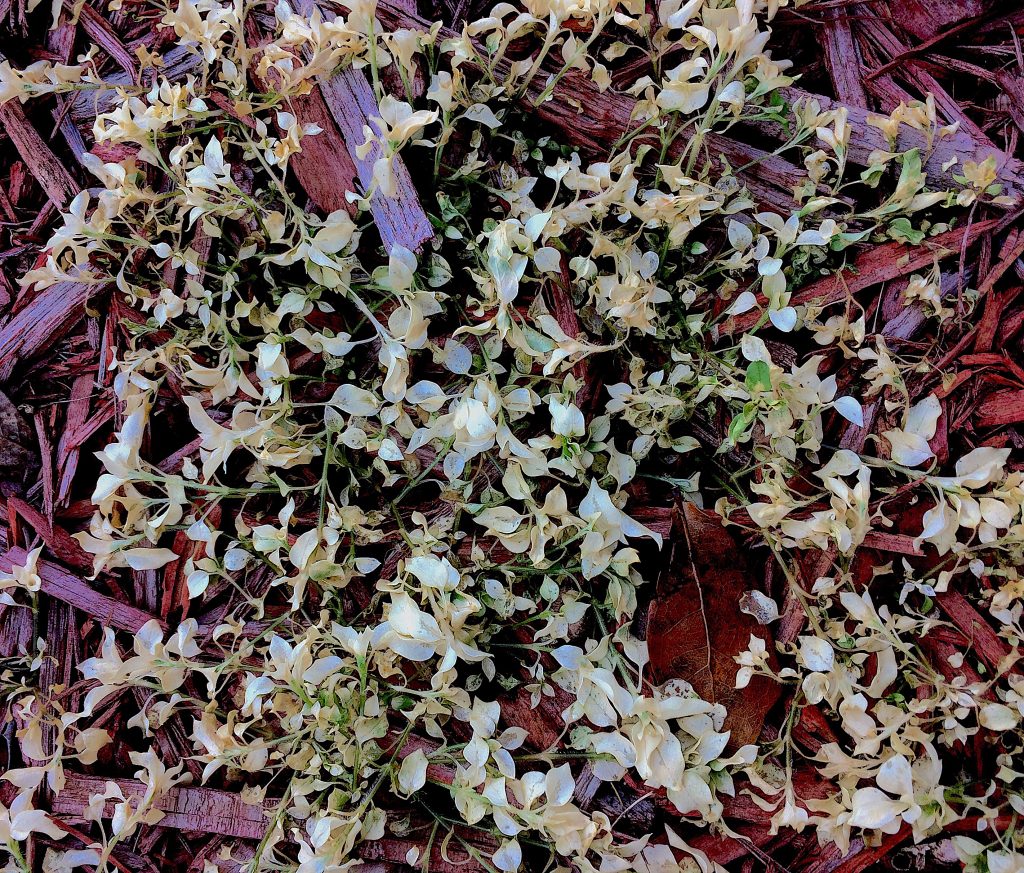
Chickweed in mulch going out of season. Photo by Green Deane

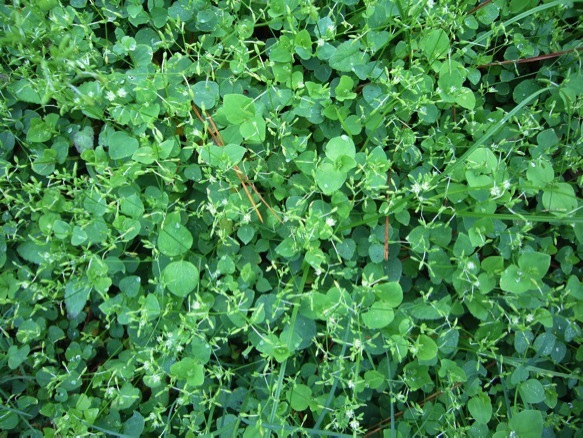
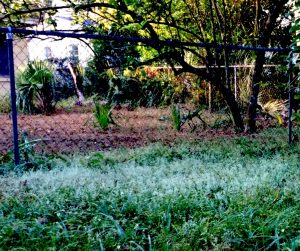
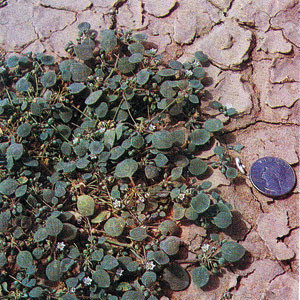
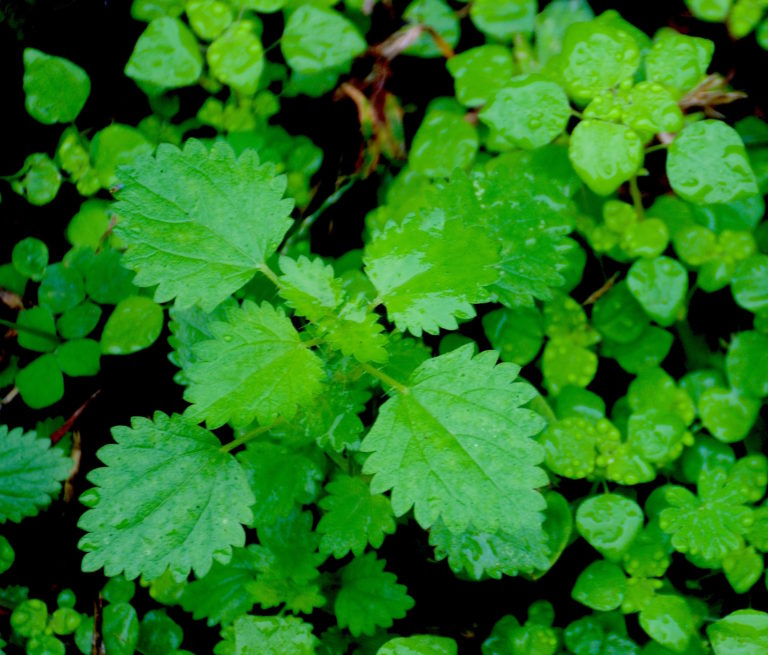
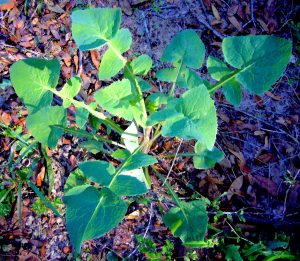
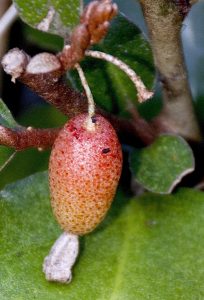
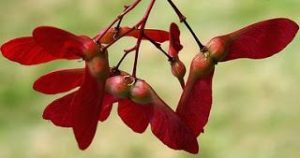
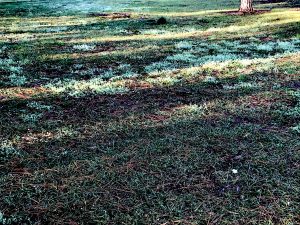


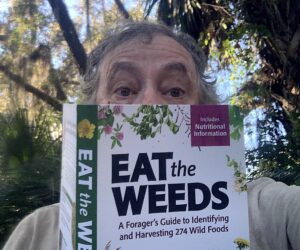

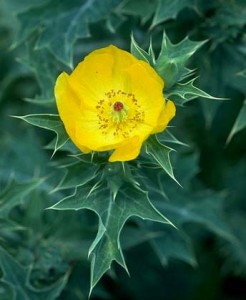
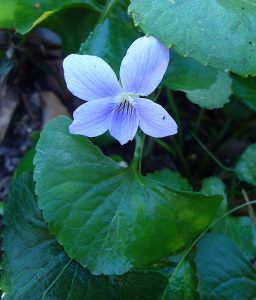
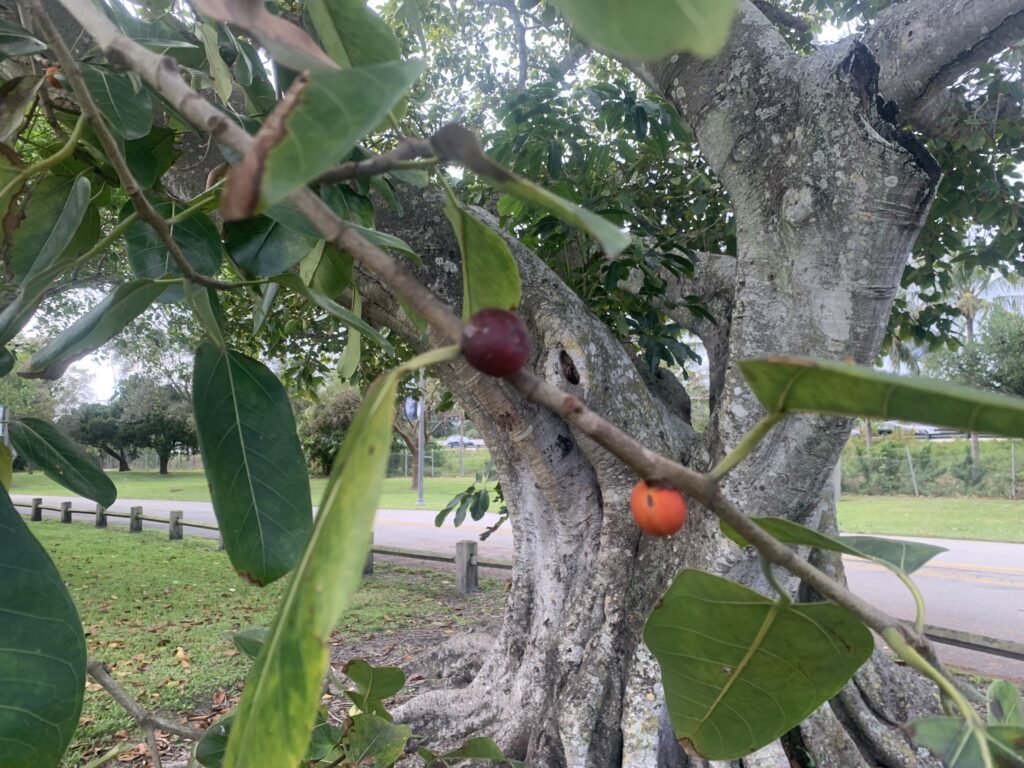
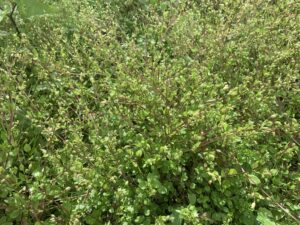

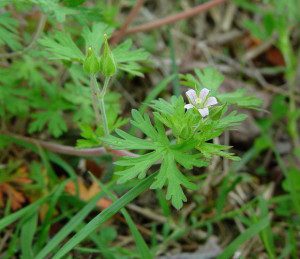
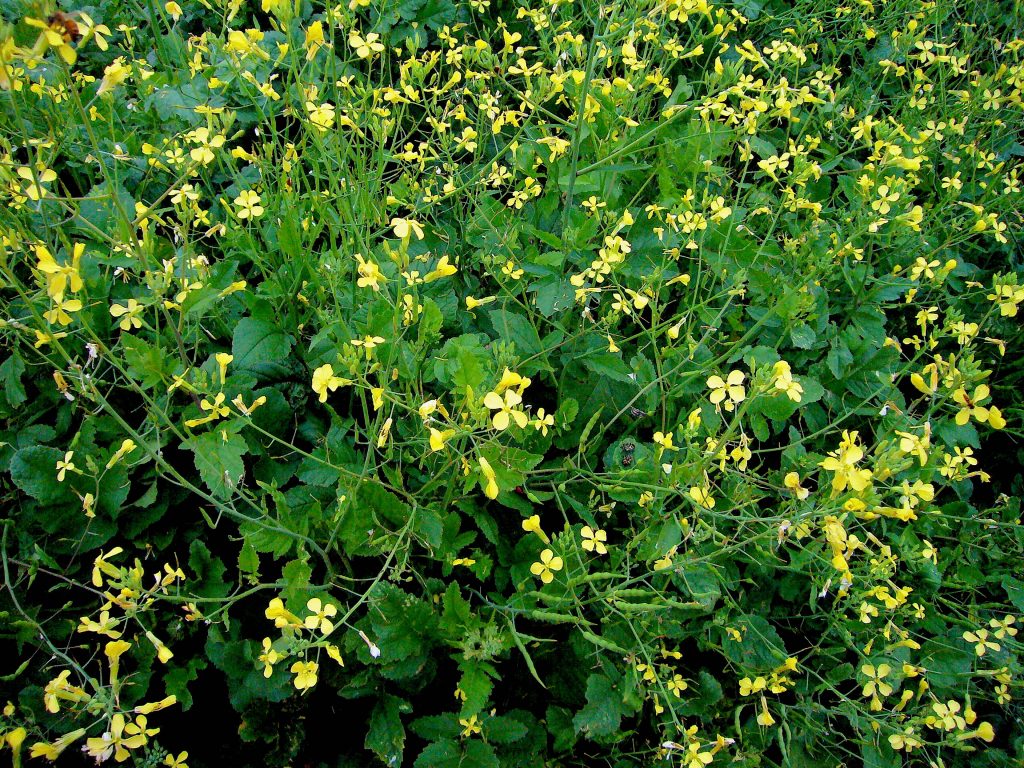

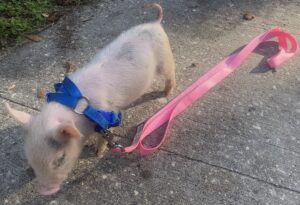
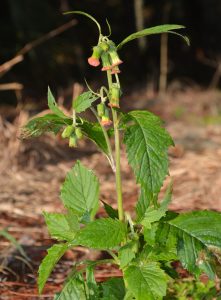
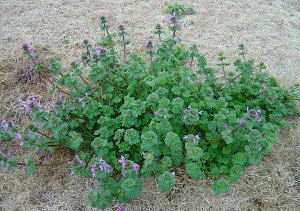 Henbit. is in the mint family but does not smell or taste minty. It does, however, have a square stem and the blossoms resembles mints. In northern climates it is one of the first green plants to pop up after the snow goes (it and chickweed.) Locally it likes our cooler months of the year. It was esteemed by the natives because among all the annual greens it is not spicy but rather mild if not on the sweet side. What can be confusing about it is that the leave shape and stem length is different from young to old leaves. But they all have a scalloped shape. It also has a similar looking relative that is also edible called Dead Nettle. You can read about Henbit
Henbit. is in the mint family but does not smell or taste minty. It does, however, have a square stem and the blossoms resembles mints. In northern climates it is one of the first green plants to pop up after the snow goes (it and chickweed.) Locally it likes our cooler months of the year. It was esteemed by the natives because among all the annual greens it is not spicy but rather mild if not on the sweet side. What can be confusing about it is that the leave shape and stem length is different from young to old leaves. But they all have a scalloped shape. It also has a similar looking relative that is also edible called Dead Nettle. You can read about Henbit 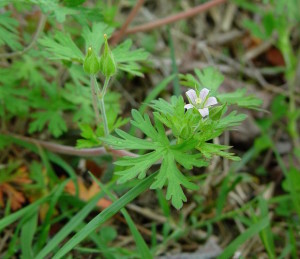


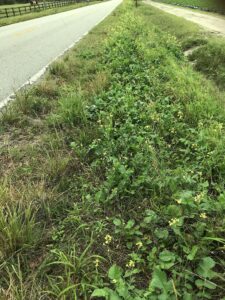
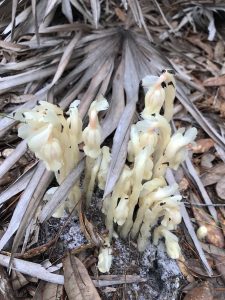

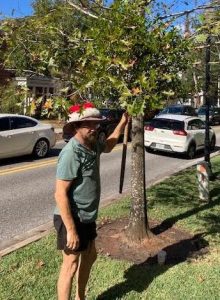
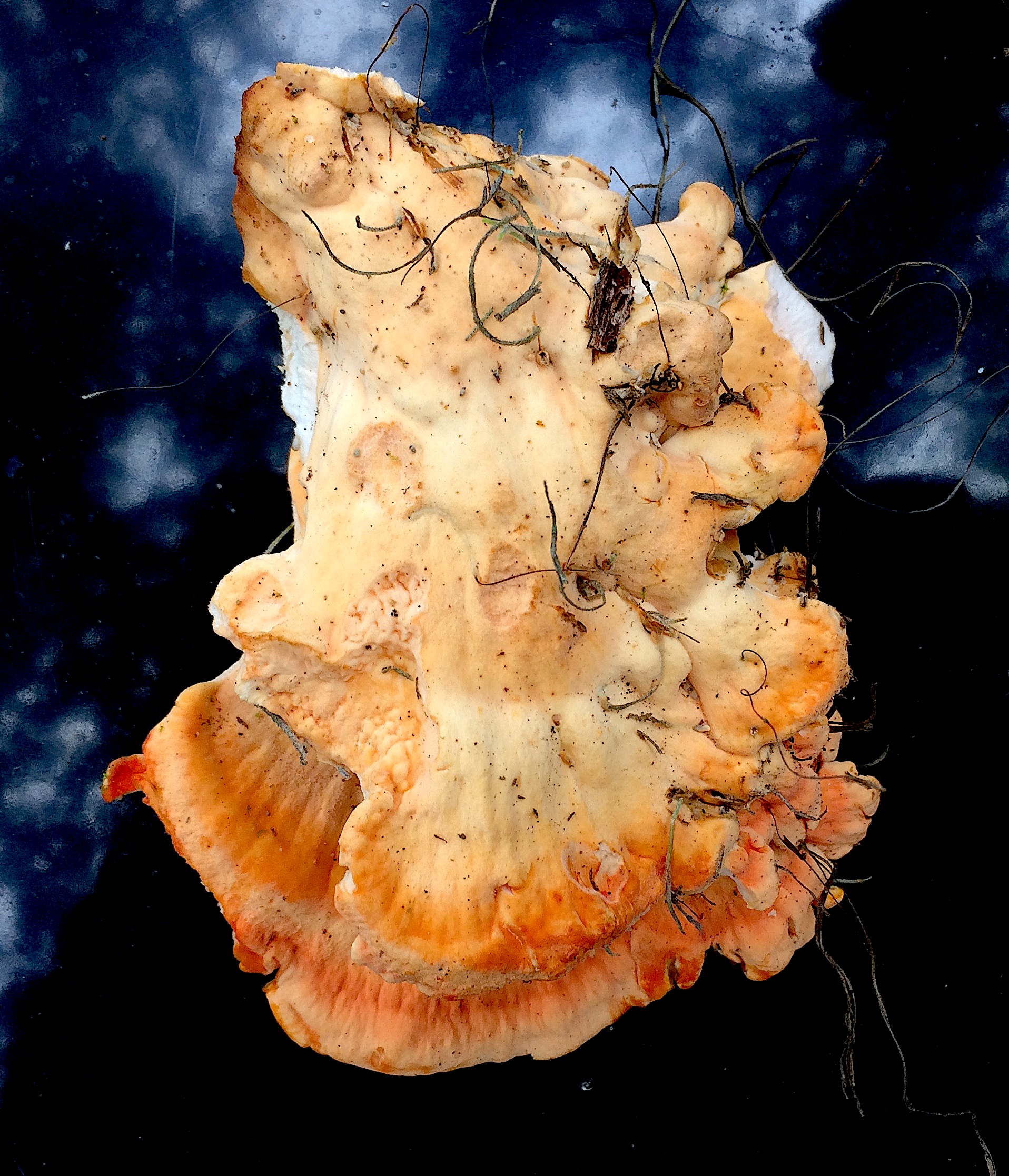
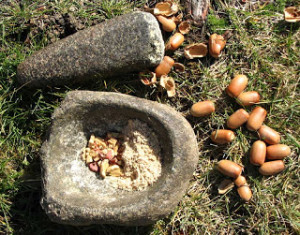
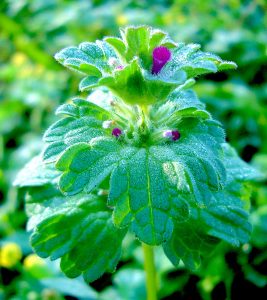
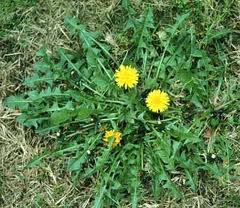
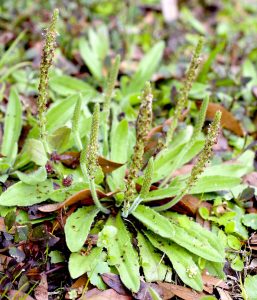
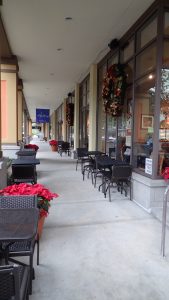

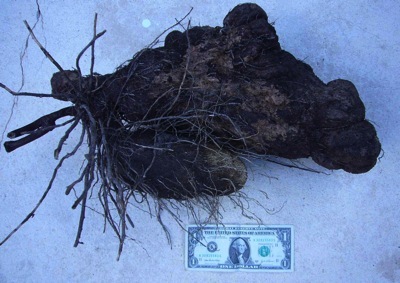
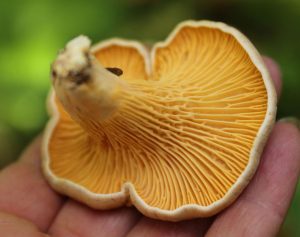
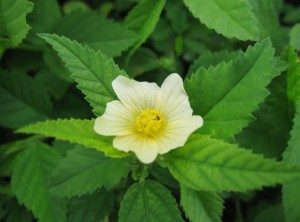
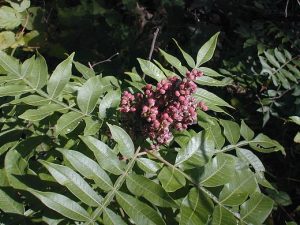
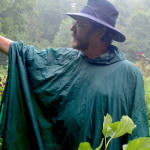
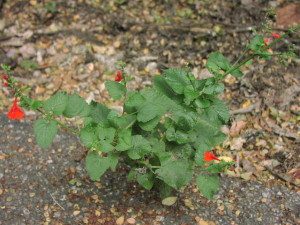
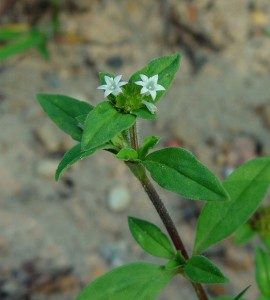
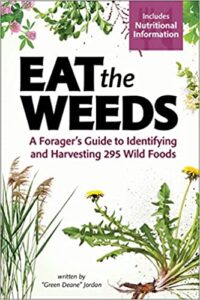 Now being printed is EatTheWeeds, the book. It should have 275 plants, 350-plus pages, index and color photos. Several hundred have been preordered on
Now being printed is EatTheWeeds, the book. It should have 275 plants, 350-plus pages, index and color photos. Several hundred have been preordered on 